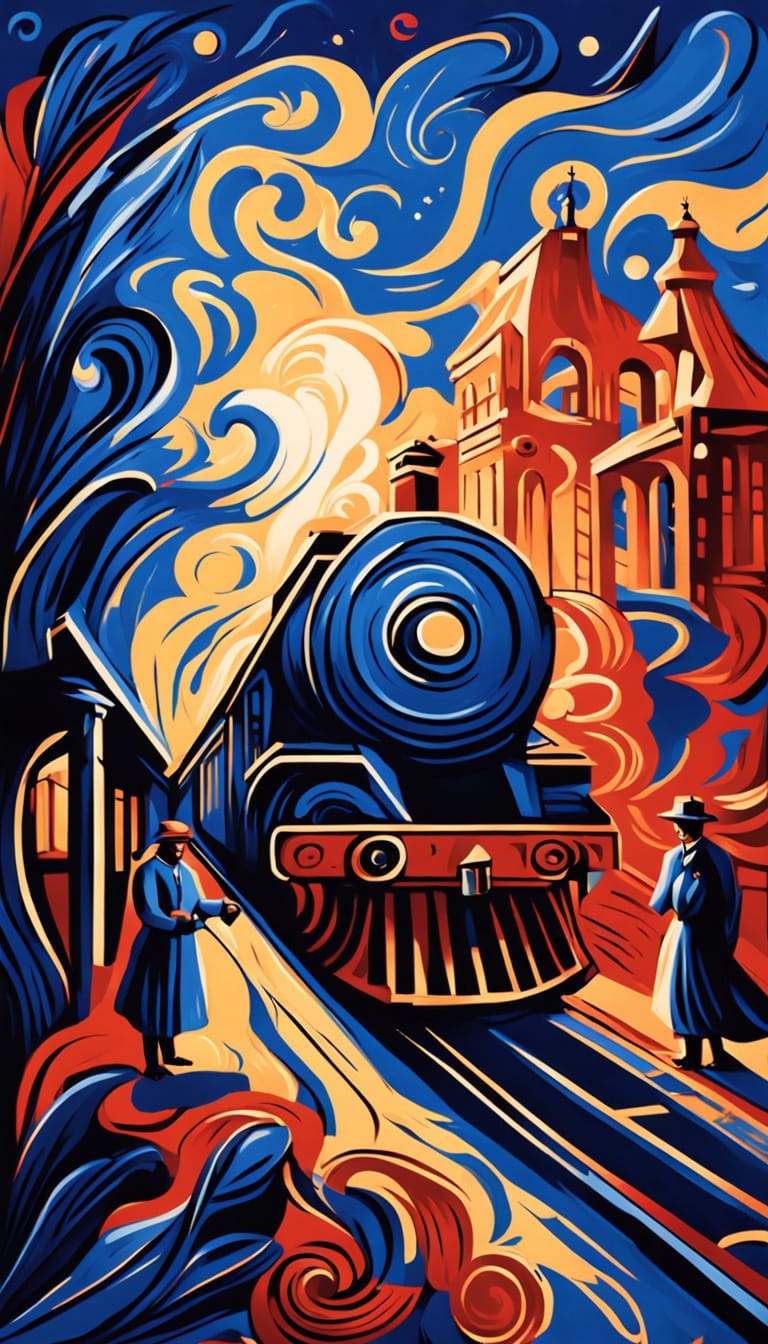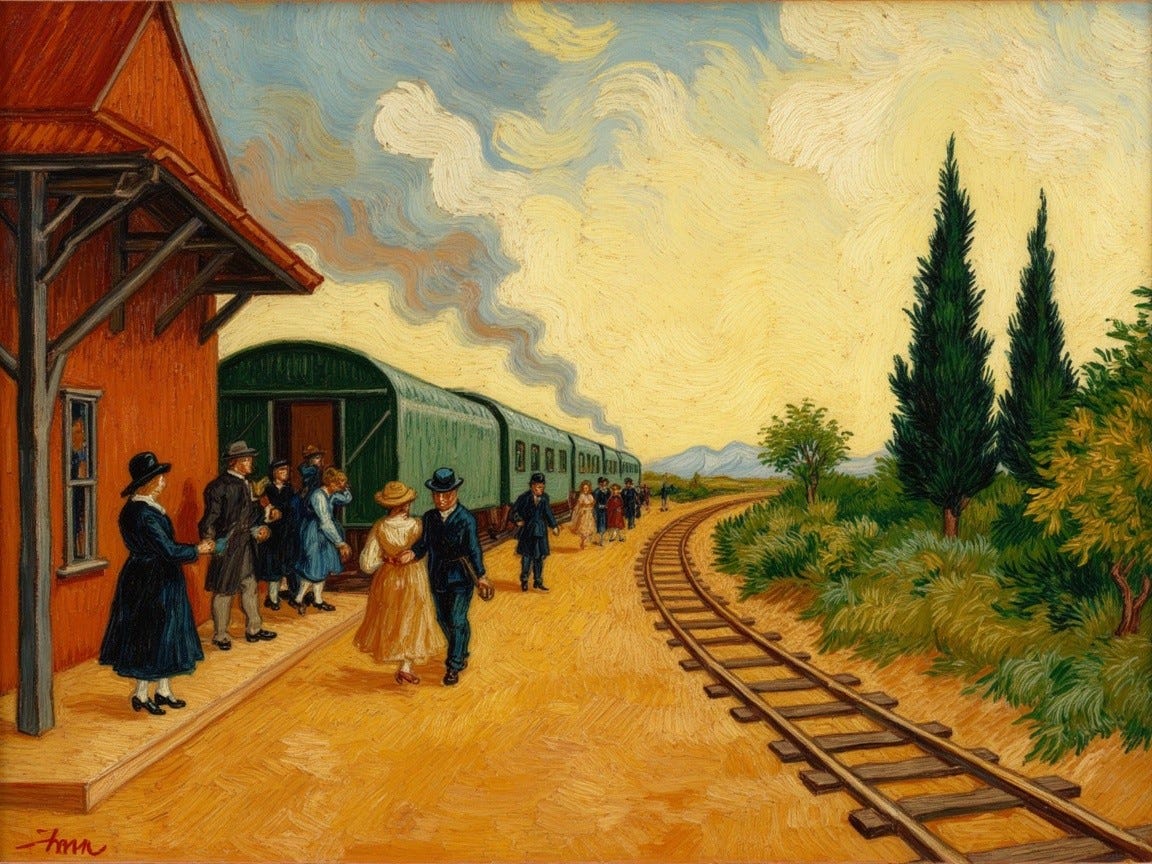
Welcome to Episode 1 of our Software Development Methodology Series — a journey through the various (and occasionally fanatical) ways people try to organize code, chaos, and caffeine. Today’s special guest? The Twelve-Factor App, brought to you by the same Heroku minds who decided deploying should be joyful. Let’s dive in.
What We’ll Cover in This Series Before we get into the Twelve-Factor App, here’s a preview of what this series will explore in future episodes:
- Agile
- Waterfall
- Spiral Model
- V-Model
- Rapid Application Development (RAD)
- Extreme Programming (XP)
- Scrum
- Kanban
- Lean Software Development
- DevOps
- Shape Up
- Feature-Driven Development (FDD)
- Test-Driven Development (TDD)
- Behavior-Driven Development (BDD)
Each post will unpack one of these, but today, we’re starting with the opinionated startup darling: the Twelve-Factor App.
Wait, What Is the Twelve-Factor App?
The Twelve-Factor App is a methodology for building software-as-a-service (SaaS) apps with clean, scalable, and maintainable architecture. It consists of twelve…you guessed it…factors. Think of them as commandments for app development, minus the stone tablets and divine lightning.
The factors are:
- Codebase
- Dependencies
- Config
- Backing services
- Build, release, run
- Processes
- Port binding
- Concurrency
- Disposability
- Dev/prod parity
- Logs
- Admin processes
Each is designed to help developers build apps that are portable, scalable, and cloud-native from the start. You can read the full version at 12factor.net.
Is It Still Relevant?
Yes — like “Ctrl+Z” and pizza, it’s aged remarkably well. While the cloud-native landscape has evolved (Kubernetes, microservices, serverless, oh my!), the core philosophy remains vital. Modern platforms like Vercel, Fly.io, and yes, still Heroku, implicitly promote Twelve-Factor thinking.
Pros and Cons
Pros
- Promotes scalability and portability
- Makes onboarding smoother for devs
- Enforces separation of concerns (e.g., config vs. code)
- Cloud-agnostic design philosophy
Cons
- Can feel overly rigid for smaller or experimental projects
- Not always easy to retrofit into legacy apps
- Lacks nuance in areas like secrets management or AI workloads
Strengths and Weaknesses
Strengths:
- Great for greenfield projects with cloud ambitions
- Encourages testability, CI/CD, and DevOps best practices
- Language-agnostic
Weaknesses:
- Doesn’t address modern container orchestration directly
- Abstracts away from lower-level tuning some teams want
- Limited guidance on observability beyond logs

What Is It Used For?
Originally targeted at web-based SaaS apps, it now serves as a foundational model for:
- Microservices
- Serverless functions
- DevOps automation pipelines
- Internal tools
- Scalable APIs
Can You Give Me an Example?
Sure. Let’s say you’re building a Node.js app with a PostgreSQL backend.
Without Twelve-Factor:
- DB credentials hardcoded in
config.js - App assumes
localhost:5432always works - No logging strategy — just
console.logand prayers
With Twelve-Factor:
- Credentials set in environment variables
- DB defined as a backing service via URL
- Logs sent to stdout and piped into a log aggregator like Papertrail or Loggly
What Are the Alternatives?
- The Fourteen-Factor App: A 2016 riff that adds additional principles like telemetry and security
- Microsoft’s Modern Guidance: Microsoft continues to recommend Twelve-Factor App principles in its cloud-native architecture practices, particularly for microservices and containerized applications. Their guidance emphasizes maintainability, scalability, and readiness for orchestration platforms. Explore it here
- Serverless Manifesto: More function-centric and ephemeral than Twelve-Factor, but aligned in philosophy
Is It the Subject of Any Famous Art?
Only if you count ASCII diagrams and PowerPoint slides as art — which, depending on your GitHub followers, you might.
How Popular Is It?
It’s still a reference model for modern architecture discussions. It’s mentioned in most DevOps playbooks and dev onboarding guides and has inspired countless tooling standards.
Popularity Trend?
It peaked around 2016–2018 with Heroku’s heyday but continues to influence platform engineering practices in modern DevOps and cloud-native environments.
Who Invented It?
The Twelve-Factor methodology was created by Adam Wiggins, a co-founder of Heroku. Think of him as the Yoda of PaaS wisdom.
What Companies Use It Most?
Heroku baked it into their platform. Others include:
- GitLab
- Cloud Foundry and its ecosystem
- Most companies running on AWS Lambda, Azure App Service, or Google App Engine, even if implicitly
Is It Similar to Anything Else?
It’s like Agile for your app’s architecture — prescriptive, a bit preachy, but undeniably useful. It shares DNA with:
- DevOps practices
- Microservice patterns
- Platform engineering principles
Does It Work Well with AI?
Sort of. The Twelve-Factor App isn’t optimized for data science or AI-heavy apps out of the box. AI workloads often demand:
- Stateful operations
- Large file storage
- High GPU processing
So, while it helps with app scaffolding and serving models, it’s not a fit for training or model lifecycle management.
What Tech Stack Does It Work With?
Everything:
- JavaScript/Node.js
- Python
- Ruby
- Go
- Java
- .NET
It’s implementation-agnostic. You just need an app that talks to services over environment variables and logs to stdout.
What Tools Work Best with It?
- Docker (for containerization)
- GitHub Actions or CircleCI (for CI/CD)
- Fly.io / Heroku / Vercel (for deployment)
- LogDNA / Datadog / Papertrail (for logs)
- Terraform (for infrastructure)
Any Other Interesting Tidbits?
- The term “12-Factor” has become so ubiquitous that people use it casually like “REST” or “DevOps,” even if they can’t name all 12 factors
- The site 12factor.net is still up, still plaintext, and still oddly persuasive
- Many frameworks now come pre-packaged with Twelve-Factor best practices — Next.js, Rails, Django, and even Laravel (begrudgingly)

Art Prompt: A vivid oil painting in the expressive style of post-impressionist Vincent van Gogh. The scene: a bustling 19th-century train station platform bathed in golden morning light, rendered with thick, swirling brushstrokes. Figures in period dress move with energy — some boarding, others waving goodbye. The iron train glints with motion. Shadows curl and shimmer, and the background swirls with cobalt blues and vermillion reds, evoking movement, transition, and the passage into new frontiers.
Comment below if you’ve worked on a Twelve-Factor App — or broken all twelve on your last project. What’s your favorite methodology to love or hate? And hit Follow for the next episode in our methodology series. Agile is up next… brace yourself.